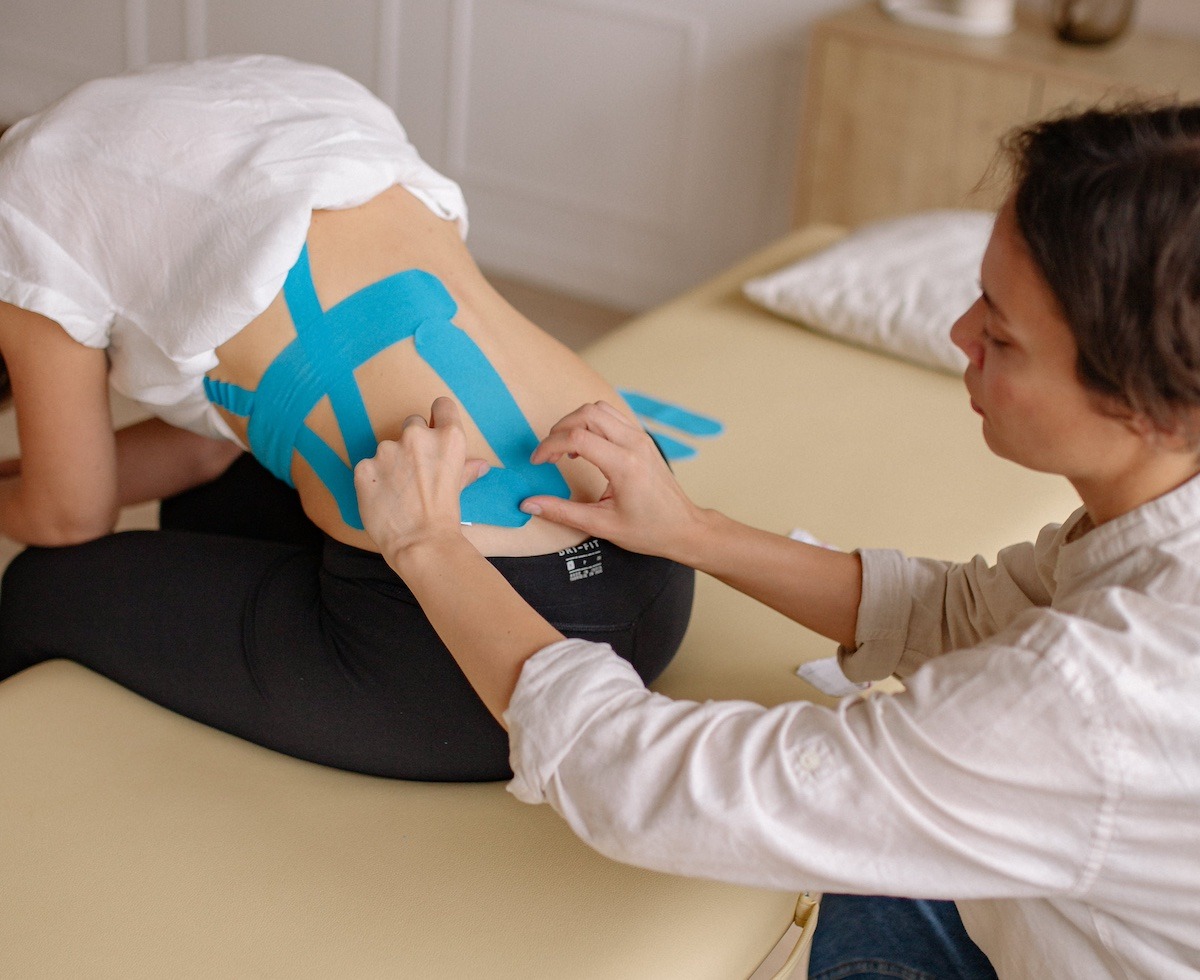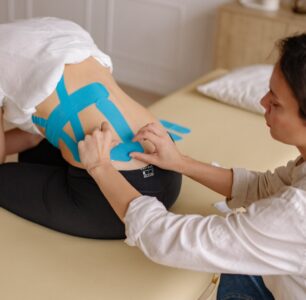Rugby, a high-intensity sport that demands strength, agility, and endurance, has gained immense popularity worldwide. However, the rigorous nature of the game often leads to various injuries, with core muscle injuries being a prevalent concern among rugby players. In this comprehensive guide, we delve into the world of core muscle injuries in rugby, shedding light on their causes, treatment options, and recovery strategies to keep athletes at their peak performance.
Understanding Core Muscles
Before delving into core muscle injuries, it is essential to understand what these muscles are and their significance in the context of rugby. The core muscles are not limited to the well-defined six-pack abs but encompass a complex network of muscles in the trunk and pelvis, including the rectus abdominis, obliques, transverse abdominis, and erector spinae. These muscles provide stability and strength, allowing rugby players to perform explosive movements, tackles, and scrums with precision.
Core Muscle Injuries: The Common Culprits
1. Strains and Tears
One of the most prevalent core muscle injuries in rugby is muscle strains and tears. These injuries typically occur when the muscles are stretched beyond their limit or subjected to sudden, forceful contractions. During a rugby match, quick changes in direction, tackles, and powerful scrums can strain or tear the core muscles, leading to intense pain and discomfort.
2. Sports Hernias
Sports hernias, also known as athletic pubalgia, are another common concern in rugby. Despite the misleading name, sports hernias do not involve a traditional hernia but instead refer to soft tissue injuries in the groin area. The repetitive twisting and sudden movements in rugby can place significant stress on the groin muscles, resulting in sports hernias.
In rugby and other physically demanding sports, core muscle injuries can occur in various muscles within the core region. However, some muscles are more commonly affected than others. The specific core muscle that is most likely to get injured can vary depending on the player’s position, playing style, and the circumstances of the game. Here are a few core muscles that are commonly susceptible to injury in rugby:
- Rectus Abdominis: The rectus abdominis, also known as the “six-pack” muscle, is often prone to strains and tears. This muscle runs vertically along the front of the abdomen and is responsible for flexing the spine. It can get injured during activities that involve explosive movements, such as sprinting or tackling.
- Obliques: The obliques are muscles located on the sides of the abdomen. They assist in rotational movements and provide stability during twists and turns in rugby. Injuries to the obliques can result from abrupt changes in direction or forceful rotational movements.
- Transverse Abdominis: This deep-lying muscle in the abdomen is responsible for stabilizing the spine and pelvis. While it may not be as commonly injured as the rectus abdominis or obliques, it can still be affected in rugby, particularly during situations requiring core stability.
- Hip Flexors: While not exclusively part of the core muscles, the hip flexor muscles play a significant role in core stability. These muscles help in lifting the knees and bending at the waist. In rugby, sudden acceleration or changes in direction can strain the hip flexors.
- Adductors: The adductor muscles, located on the inner thigh, are crucial for movements like kicking and maintaining balance during tackles. In rugby, these muscles can be susceptible to strains, especially when players engage in kicking or grappling situations.
- Erector Spinae: The erector spinae muscles run along the spine and are responsible for extending the back. While not strictly part of the core, these muscles are involved in maintaining an upright posture and providing support during scrums. Overexertion or improper technique can lead to erector spinae injuries.
It’s important to note that the likelihood of injury to a specific core muscle may also depend on an individual player’s conditioning, flexibility, and overall physical preparation. Additionally, the player’s position on the field can influence which core muscles are more vulnerable to injury. For example, forwards who are heavily involved in scrummaging may have different injury patterns compared to backs who engage in more sprinting and agile movements.
Causes of Core Muscle Injuries in Rugby
Understanding the causes of core muscle injuries is crucial in preventing them. Several factors contribute to these injuries in rugby players:
- High-Impact Collisions: Rugby is a contact sport characterized by high-impact tackles, scrums, and rucks. These physical confrontations can subject players to sudden and forceful impacts, leading to strains, tears, or other core muscle injuries.
- Repetitive and Explosive Movements: Rugby involves a wide range of movements, from sprinting and side-stepping to lifting and twisting. The repetitive and explosive nature of these movements can place significant stress on the core muscles, making them susceptible to injury, especially when players are fatigued.
- Improper Technique: Using improper techniques during tackles, scrums, or other aspects of play can increase the risk of core muscle injuries. Poor form can place excessive strain on specific muscles, leading to injuries over time.
- Overexertion and Fatigue: Rugby matches are physically demanding and can last for extended periods. Players may experience fatigue as the game progresses, leading to a decline in muscle control and coordination. Fatigued muscles are more prone to injuries.
- Lack of Warm-Up and Stretching: Inadequate warm-up and stretching routines before a match or training session can leave the core muscles unprepared for the physical demands of rugby. This lack of preparation increases the risk of injury.
- Muscle Imbalances: Muscle imbalances, such as overdevelopment of certain muscle groups over others, can disrupt the harmony and coordination needed for core stability. Imbalances can make specific core muscles more vulnerable to injury.
- Previous Injuries: Players who have previously experienced core muscle injuries may be at a higher risk of reinjury, as the healing process may not have fully restored muscle strength and flexibility.
- Playing Position: The playing position on the rugby field can also influence the risk of core injuries. Forwards, who are often involved in scrummaging and rucking, may be more susceptible to certain types of core injuries compared to backs, who engage in more sprinting and agile movements.
- Age and Conditioning: Younger players who are still developing physically may be more prone to injuries due to their growing bodies and potentially less developed core strength. Proper conditioning and strength training can help mitigate this risk.
It’s important to note that while these factors contribute to the likelihood of core injuries in rugby, the risk can vary from player to player. Factors such as individual fitness levels, adherence to injury prevention protocols, and the quality of coaching and training programs also play a role in injury prevention.
Treatment Options for Core Muscle Injuries
When a rugby player sustains a core muscle injury, prompt and appropriate treatment is essential to facilitate recovery and prevent long-term complications. Here are some common treatment options:
1. Rest and Ice
Rest is crucial in the early stages of injury to allow the affected muscles to heal. Applying ice to the injured area helps reduce inflammation and alleviate pain. This combination can promote the initial recovery process.
2. Physical Therapy
Physical therapy plays a pivotal role in rehabilitating core muscle injuries. Experienced therapists can design customized exercise programs to strengthen the affected muscles, improve flexibility, and restore normal function.
3. Medication
In some cases, pain-relieving medications or anti-inflammatories may be prescribed by healthcare professionals to manage pain and reduce inflammation. However, these should be used cautiously and under medical supervision.
4. Surgery
Severe core muscle injuries, such as sports hernias, may require surgical intervention. Surgery aims to repair damaged tissues and restore their functionality. It is typically considered when conservative treatments do not yield satisfactory results.
The Road to Recovery
Recovering from a core muscle injury in rugby is not a linear process and requires patience and commitment. Here’s a glimpse of what players can expect during their journey to recovery:
1. Rest and Gradual Return
Rest is the initial phase of recovery, followed by a gradual return to physical activity. Players should adhere to their healthcare provider’s guidance regarding the timing and intensity of their return to training and matches.
2. Rehabilitation Exercises
Physical therapy and rehabilitation exercises are integral to the recovery process. These exercises aim to restore strength, flexibility, and stability to the core muscles. They should be performed under the guidance of a qualified therapist.
3. Monitoring and Adjustments
Throughout the recovery period, regular check-ups with healthcare professionals are essential. These appointments allow for the monitoring of progress and adjustments to the treatment plan if necessary.
4. Preventive Measures
To prevent recurrent core muscle injuries, rugby players should focus on injury prevention strategies. This includes maintaining good conditioning, proper warm-up routines, and adherence to safe playing techniques.
Keeping Rugby Players in the Game
Core muscle injuries in rugby are a common occurrence but can be effectively managed and prevented. Players and coaches alike must prioritize the well-being of athletes by educating themselves about the causes, treatment options, and recovery strategies associated with these injuries. By doing so, they can keep their teams in peak performance and minimize the impact of these injuries on the sport they love.
Additional Resources
- Rugby Injury Prevention
- Rehabilitation Guidelines for Core Muscle Injuries
- Common Rugby Injuries and Their Management
In conclusion, core muscle injuries in rugby are a significant concern, but with the right knowledge and proactive measures, players can recover and return to the game stronger than ever. Education, prevention, and proper treatment are key to keeping rugby players on the field and enjoying the sport they are passionate about.

